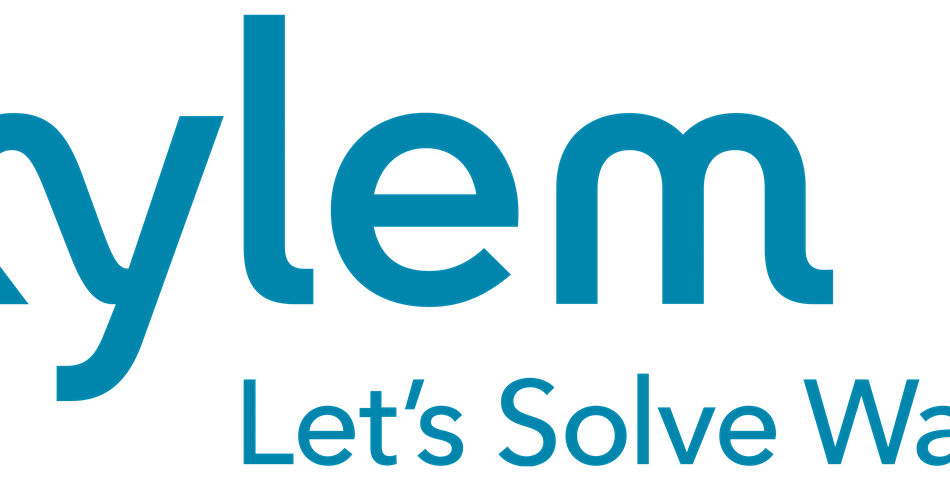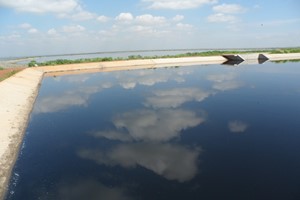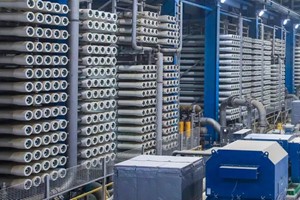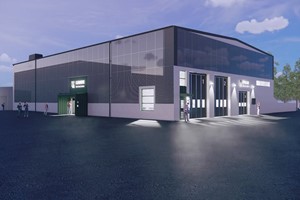Aerobic digestion is often the second largest consumer of energy, after biological treatment aeration, at a wastewater treatment plant. Xylem, a well-known global water technology company dedicated to solving the world’s most complex water issues, has launched a new aerobic digester solution under its Sanitaire brand that decreases energy consumption by up to 90 percent, promoting more sustainable wastewater treatment operation.
Sanitaire Vorelodos aerobic digester combines equipment, controls and services to future-proof wastewater treatment plants by ensuring they meet current and future US Environmental Protection Agency (EPA) effluent and bio solids regulations, while simultaneously reducing operational costs. The significant energy reduction means that, in larger plants, the Sanitaire Vorelodos system effectively pays for itself within one year. The solution also lowers chemical use as a result of alkalinity recovery and a reduction in the amount of phosphorus being returned to the main plant.
An automated decanting feature and aeration control means that staff time can be invested in other activities. Results from tests carried out at Green Lake Wastewater Treatment Plant in Wisconsin between January 2016 and March 2017 showed that the Vorelodos aerobic digester reduced nutrients (nitrogen and phosphorous) being recycled back to the main treatment plant by more than 95 percent while simultaneously lowering energy consumption by 95 percent.
Glen McCarty, Director of Public Works, Green Lake Wastewater Treatment Plant, said, “Permitted levels of nitrogen and phosphorus in effluent water are becoming ever stricter in an effort to protect surface waters from eutrophication. At the same time, plants are required to reduce energy and chemical consumption and are often challenged with limited time and staff. Sanitaire Vorelodos enabled us to do more with less.” Sarah Elger, Sanitaire Global Product Manager, Xylem said, “The Sanitaire Vorelodos aerobic digester is very effective, ensuring that up to 90 percent less phosphorus and nitrogen is returned to the main plant compared to a fully aerated digester. This in turn stabilizes the wastewater treatment process by ensuring that the supernatant that is recycled back to the main treatment plant does not introduce a ‘spike’ of nutrients. It also means that chemical quantity in secondary and tertiary processes is reduced due to stabilized pH and alkalinity recovery.” “Xylem’s Sanitaire Vorelodos’ efficient operation supports the sustainability and efficacy of the entire wastewater treatment facility. The solution also promotes sustainable wastewater treatment by enabling biosolids to be reused for agricultural purposes. It involves lower capital cost and is easier to operate than alternatives as the technology does not rely on membranes or other thickening equipment,” concluded Elger.
The Sanitaire Vorelodos system combines Xylem’s biological treatment process expertise with the company’s best in class product application expertise; Sanitaire aeration, decanting and process controls; Flygt mixing and pumping, and YSI and WTW instrumentation. Each digester solution is engineered to order to meet specific project needs; Xylem’s biological process experts work closely with consulting engineers and customers to ensure that the digester is designed to precisely meet individual application needs. The digester is suitable for newly constructed conventional activated sludge plants or upgrades to existing plants over 0.5 million gallons per day (MGD), as well as oxidation ditch upgrades and aerobic digester aeration retrofits.
Xylem’s Powering the Wastewater Renaissance report released in 2015 highlights how increasing energy efficiency through the adoption of readily available wastewater management technologies can slash related emissions by nearly half. The analysis also suggests that much of this reduction in electricity-related emissions can be achieved at a negative or neutral cost. The report, which studied the wastewater sector in the U.S., Europe and China, provides an analysis of energy efficiency in the wastewater management industry and assesses how the global water sector can reduce harmful greenhouse gas emissions related to electricity generation with existing, proven technologies.













